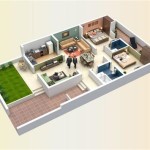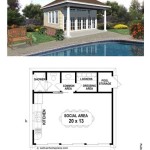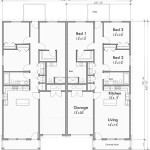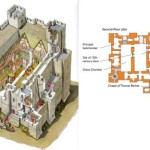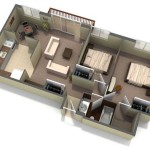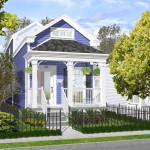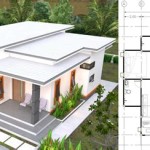Essential Aspects of Chinese House Designs Plans
Chinese house designs have a unique and rich history, with influences from both traditional Chinese culture and modern architecture. If you are considering building a Chinese-style house, it is important to understand the essential aspects of these designs to create an authentic and beautiful home. Here are some key elements to consider when planning your Chinese house:
Layout and Structure
Traditional Chinese houses typically follow a symmetrical layout, with a central courtyard surrounded by buildings. The courtyard is an important element of the design, as it provides natural light and ventilation to the interior spaces. The buildings are usually arranged around the courtyard in a U-shape or L-shape, with the main entrance located on the south side.
Roof Design
Chinese roofs are distinctive and vary in style depending on the region and period. Some of the most common roof types include the hipped roof, the gabled roof, and the curved roof. Hipped roofs are characterized by their four sloping sides that meet at the top, while gabled roofs have two sloping sides that meet at a ridge. Curved roofs are more elaborate and feature a gentle curve that sweeps upwards at the eaves.
Materials
Traditional Chinese houses were constructed using natural materials such as wood, brick, and tile. Wood was used for the framework and interior walls, while brick and tile were used for the exterior walls and roof. In modern times, concrete and steel are also commonly used in Chinese house designs.
Colors and Decoration
Chinese houses often use bright and vibrant colors, such as red, yellow, and blue. These colors are believed to bring good luck and prosperity. The exterior walls are often decorated with intricate carvings and paintings, while the interior walls may be adorned with calligraphy or scroll paintings.
Furniture and Decor
Chinese furniture is typically made of wood and features simple lines and elegant curves. The most common pieces of furniture include chairs, tables, and beds. Chinese decor often includes items such as vases, sculptures, and paintings that reflect traditional Chinese culture and art.
Courtyards and Gardens
Courtyards and gardens are an important part of Chinese house designs. The courtyard provides a private outdoor space for relaxation and entertainment, while the garden offers a tranquil setting for contemplation and meditation. Chinese gardens are typically designed with a combination of plants, rocks, and water features to create a harmonious and balanced environment.
Feng Shui
Feng Shui is an ancient Chinese philosophy that deals with the placement and arrangement of objects in a way that promotes harmony and well-being. Feng Shui principles are often applied to Chinese house designs to create a balanced and auspicious living environment.

Chinese Courtyard House Traditional Plans

Plan Of The Typical Standard Three Courtyard House Beijing Drawing Scientific Diagram

Traditional Chinese Courtyard House Architecture

Traditional Chinese House Layout Google Search Courtyard Plans Japanese

Chinese House Design Village Courtyard Plans

Courtyard House Plans Model Plan

Image Result For Traditional Building Floor Plan Chinese Courtyard House Plans

Traditional Chinese Architecture Modular House Davidyek
Is It True That Traditional And Or Ancient Chinese Homes Are Made Of Separate Buildings Particularly The Expensive Ones Do You Know Any Sites With Floor Plans I Can Look At

Chinese Quadrangle China Asia Cultural Travel

